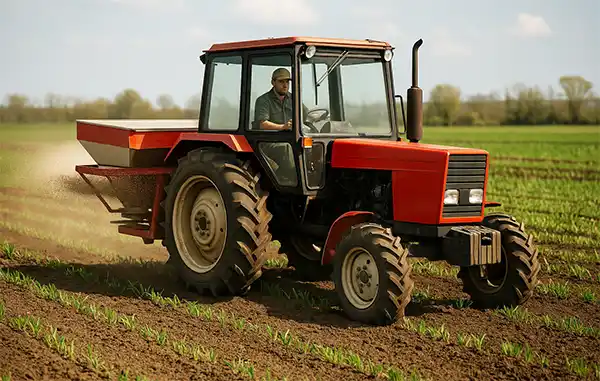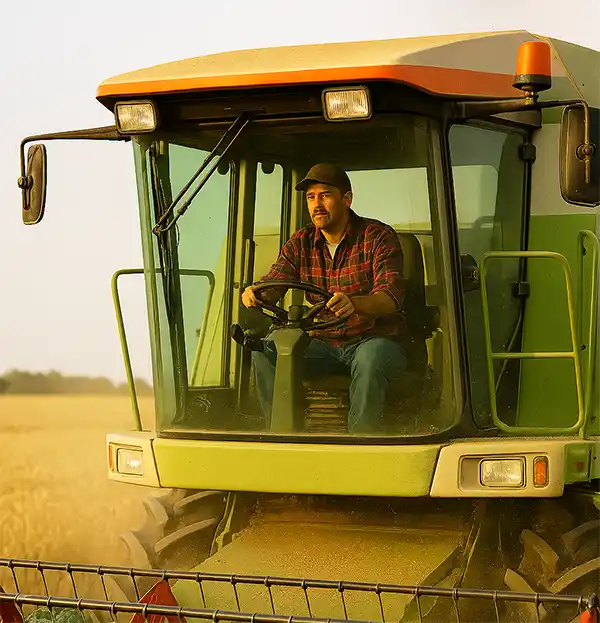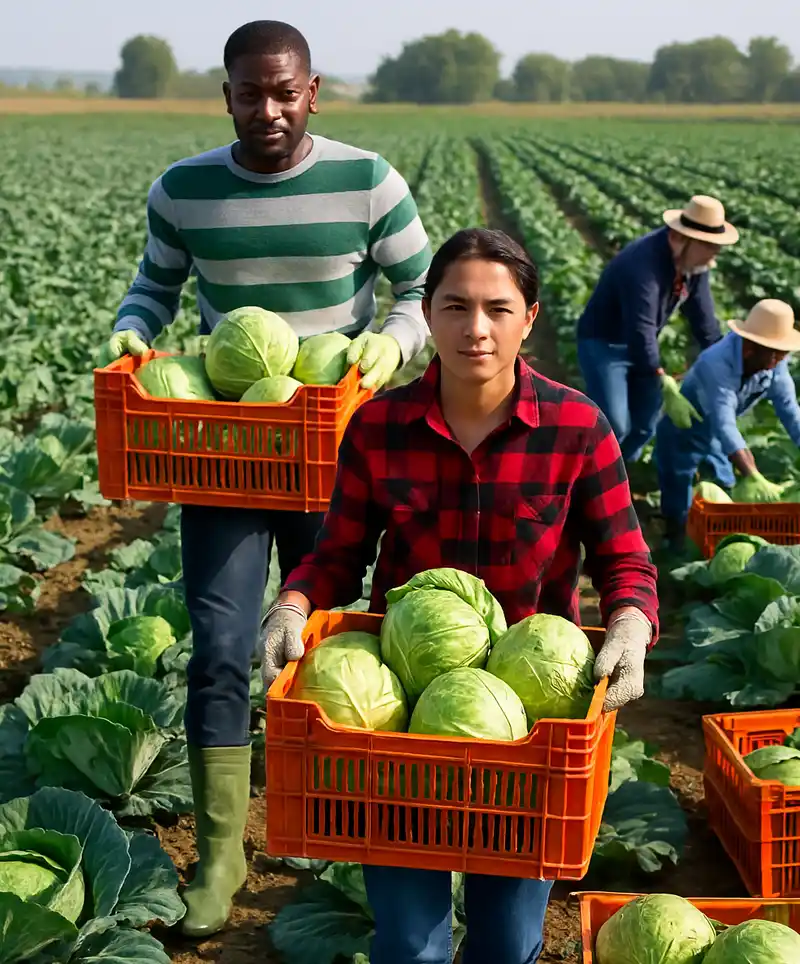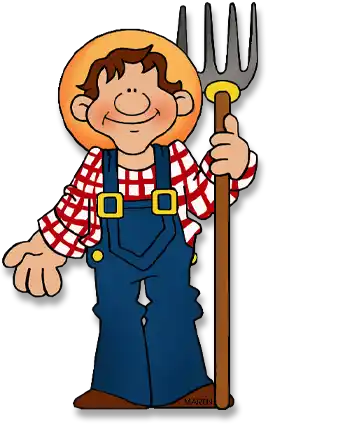 Honoring the Hands That Feed Us
Honoring the Hands That Feed Us
Before your morning toast pops up, before your lunch salad hits the bowl, and long before your evening sweet corn hits the grill, someone—somewhere—put in backbreaking work to get that food from the field to your fork. On March 31st, National Farm Workers Day gives long-overdue recognition to the individuals who make modern life possible—farm workers. You know, the ones actually sweating the details... and the sun.
It’s a day to acknowledge their hard work, raise awareness about the challenges they face, and maybe finally understand that “farm to table” isn’t just a trendy restaurant phrase—it’s a very real journey with very real humans at the heart of it.
Who Are Farm Workers?
Farm workers are the real-life superheroes of our food system—minus the capes, but often sporting wide-brimmed hats and steel-toed boots. They are the people who show up before dawn, roll up their sleeves (or just work through the heat anyway), and put in the kind of labor that makes your grocery list a reality. Whether they’re planting strawberries, harvesting peaches, milking cows, or driving combines, farm workers are responsible for producing the food we eat every single day.
This workforce is incredibly diverse, with many workers being immigrants—both documented and undocumented—who take on some of the most physically demanding and low-paid labor in the country. Others are domestic laborers who travel with the seasons, following the harvests across state lines in an annual migration that has become its own subculture. Some are second- or third-generation farmers, while others are newcomers trying to build a better life from the ground up—literally.
Yet, despite their vital role in feeding the nation, farm workers often operate in the shadows of the food industry, receiving minimal recognition and facing significant barriers to basic rights and protections. They are frequently excluded from labor laws that protect other types of workers, such as overtime pay, the right to organize, and consistent access to healthcare. National Farm Workers Day is a chance to shine a light on their stories—and their struggles—and finally give credit where credit is due.
Now, if there’s one thing farm workers know how to do—aside from keeping an entire population fed—it’s finding humor in hardship. You kind of have to. When you’re chasing chickens that seem faster than Olympic sprinters or trying to outwit a goat who thinks the lettuce cart is a personal buffet, you learn to laugh.
There’s also the time-honored tradition of creative tan lines, tractor seat yoga, and arguing with scarecrows (purely therapeutic). And if you’ve ever gotten into a staring contest with a cow at 5 a.m., you know the bovine usually wins.
Where Did National Farm Workers Day Come From?
National Farm Workers Day is observed on March 31st, which is no accident—it honors the birthday of César Chávez, one of the most influential labor leaders in American history. Chávez, along with the formidable Dolores Huerta, co-founded the United Farm Workers (UFW) in the 1960s, an organization that brought national attention to the poor working conditions, low wages, and lack of protections for agricultural workers.
 The movement led by Chávez wasn’t just about picket signs and boycotts (although there were plenty of those); it was about dignity. He advocated for nonviolent resistance and organized strikes, marches, and nationwide boycotts—most famously the Delano grape strike—to push for better treatment of those working in the fields. The UFW’s rallying cry, “Sí, se puede” (Yes, it can be done), became a symbol of hope and resilience, echoed across social justice movements for decades to come.
The movement led by Chávez wasn’t just about picket signs and boycotts (although there were plenty of those); it was about dignity. He advocated for nonviolent resistance and organized strikes, marches, and nationwide boycotts—most famously the Delano grape strike—to push for better treatment of those working in the fields. The UFW’s rallying cry, “Sí, se puede” (Yes, it can be done), became a symbol of hope and resilience, echoed across social justice movements for decades to come.
By dedicating March 31st to farm workers, the holiday not only celebrates Chávez’s legacy but also highlights the ongoing nature of the struggle. It's a reminder that the fight for fair wages, safe working conditions, and recognition for farm labor is far from over. National Farm Workers Day is not just a history lesson—it's a call to keep planting seeds of progress for those who plant everything else.
The Daily Life of a Farm Worker (Spoiler: It’s Not Like an Instagram Farm)
Let’s bust a few myths right now. Farm work isn’t all sunrises, straw hats, and posing with perfectly plucked tomatoes. It’s long hours, repetitive tasks, and a “commute” that usually involves walking behind a tractor. There's dirt under every fingernail and soreness in every muscle.
Jobs may include:
- Bending over rows of crops for hours at a time
- Picking produce in temperatures that melt flip-flops
- Operating heavy machinery (with names like “the thresher” that sound mildly threatening)
- Sorting and packing at lightning speed to meet quotas
- Braving weather extremes—rain or shine, the work doesn’t wait
And despite all this, many workers earn well below the national average wage, with limited job security, benefits, or access to protective gear.

How You Can Celebrate National Farm Workers Day
Sure, you might not own a pitchfork or know your way around a tractor, but you can still honor the people who make sure your fridge isn't just a lightbulb and a jar of mustard. Celebrating National Farm Workers Day doesn’t require overalls (unless that’s your vibe)—just a little awareness, appreciation, and action. Whether you want to make a difference from your kitchen, your community, or your social feed, here are some easy and meaningful ways to say, “Thank you” to the hands that feed us.
Learn About Where Your Food Comes From
That bag of lettuce didn’t grow itself in a refrigerated truck.
Support Local & Fair Trade Farms
Buy from farmer’s markets, co-ops, or brands that treat workers fairly.
Donate or Volunteer
Support organizations that advocate for farm workers’ rights or offer healthcare, legal help, and education.
Raise Awareness
Share facts, stories, and history on social media or in conversation. Yes, even at brunch.
Tip Your Farmer (Okay, not literally)
But you can support food justice nonprofits or push for fair wages through petitions and policy action.
Fun (and Slightly Dirt-Covered) Farm Worker Facts
You might think farm work is all grit and no giggles, but tucked between the rows of cabbage and crates of citrus are some surprising, quirky facts that reveal just how fascinating (and frankly, underappreciated) this line of work really is. From record-breaking harvests to chickens with better memory than your uncle Gary, these tidbits will surely give you a newfound respect for life on the land—plus a few chuckles along the way.
- The U.S. is home to over 2.4 million agricultural workers.
- One farm worker can harvest up to 2 tons of grapes in a day.
- Chickens can actually recognize over 100 faces (you’ve been warned).
- Field workers can face temperatures over 100°F—with little shade.
- Farm workers walk up to 15 miles a day during harvest season. Fitbit who?
On National Farm Workers Day, let’s take a moment to look beyond the supermarket shelves and appreciate the real backbone of our food system. These individuals don’t get medals, fancy offices, or even much public recognition, but they deserve our thanks, support, and respect.
So, the next time you bite into a crisp apple or butter a piece of toast, give a nod to the people who made it all possible—and maybe send a thank-you note to your local scarecrow, too, just to be safe.
Please Share our Content






 Honoring the Hands That Feed Us
Honoring the Hands That Feed Us The movement led by Chávez wasn’t just about picket signs and boycotts (although there were plenty of those); it was about dignity. He advocated for nonviolent resistance and organized strikes, marches, and nationwide boycotts—most famously the Delano grape strike—to push for better treatment of those working in the fields. The UFW’s rallying cry, “Sí, se puede” (Yes, it can be done), became a symbol of hope and resilience, echoed across social justice movements for decades to come.
The movement led by Chávez wasn’t just about picket signs and boycotts (although there were plenty of those); it was about dignity. He advocated for nonviolent resistance and organized strikes, marches, and nationwide boycotts—most famously the Delano grape strike—to push for better treatment of those working in the fields. The UFW’s rallying cry, “Sí, se puede” (Yes, it can be done), became a symbol of hope and resilience, echoed across social justice movements for decades to come.









 "Sláinte!" is a traditional Irish expression used as a toast, equivalent to "Cheers!" in English.
"Sláinte!" is a traditional Irish expression used as a toast, equivalent to "Cheers!" in English.